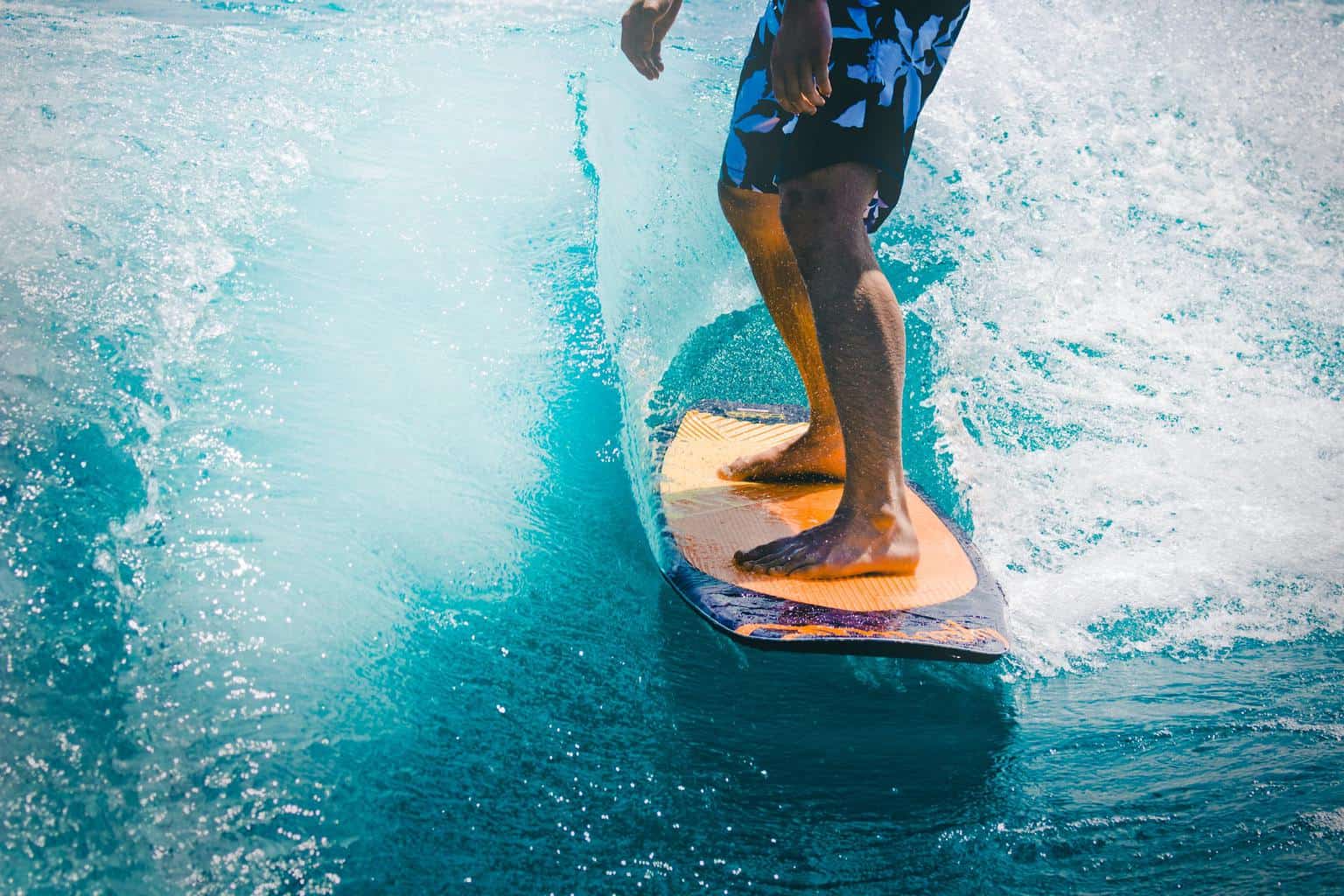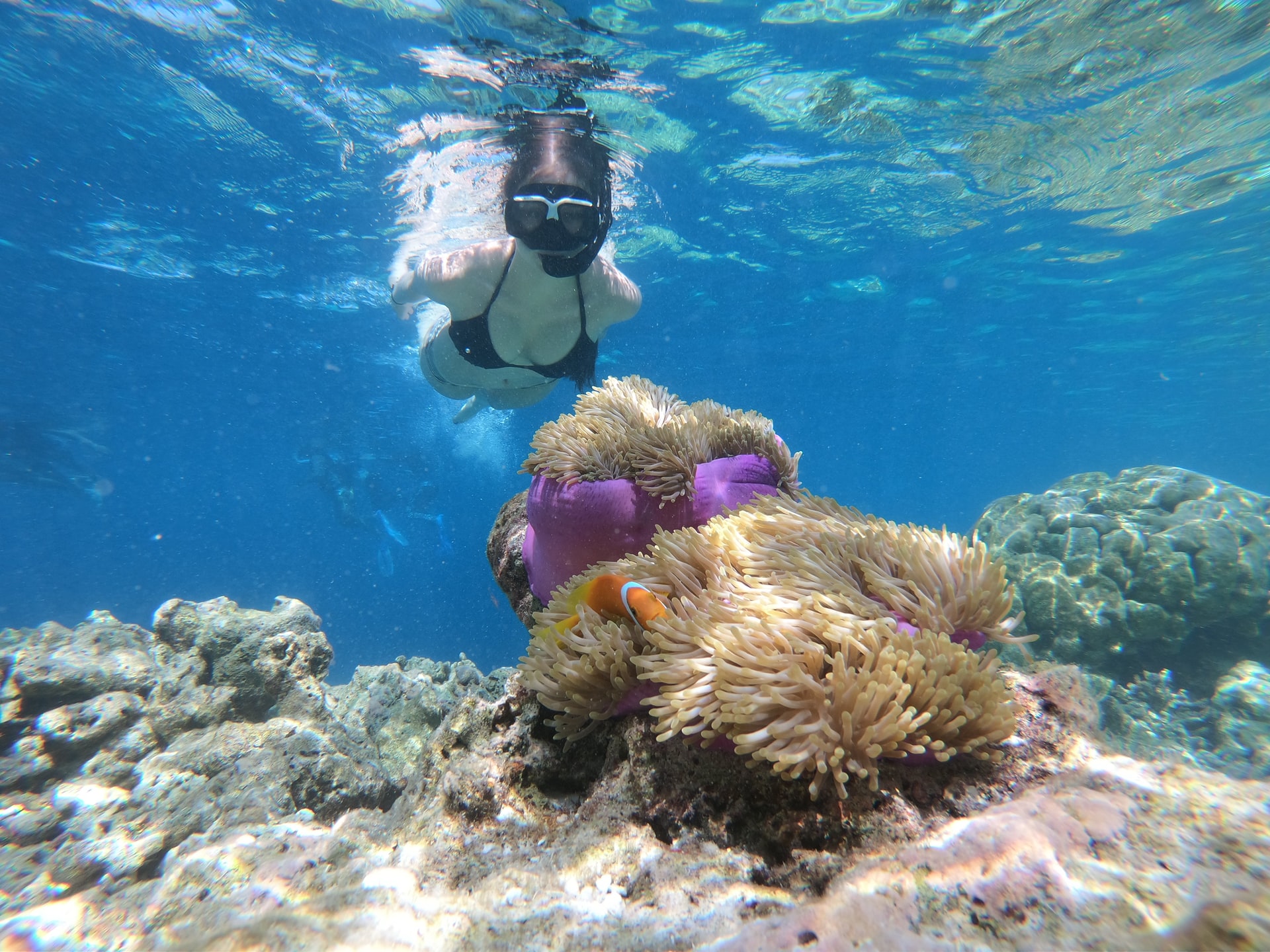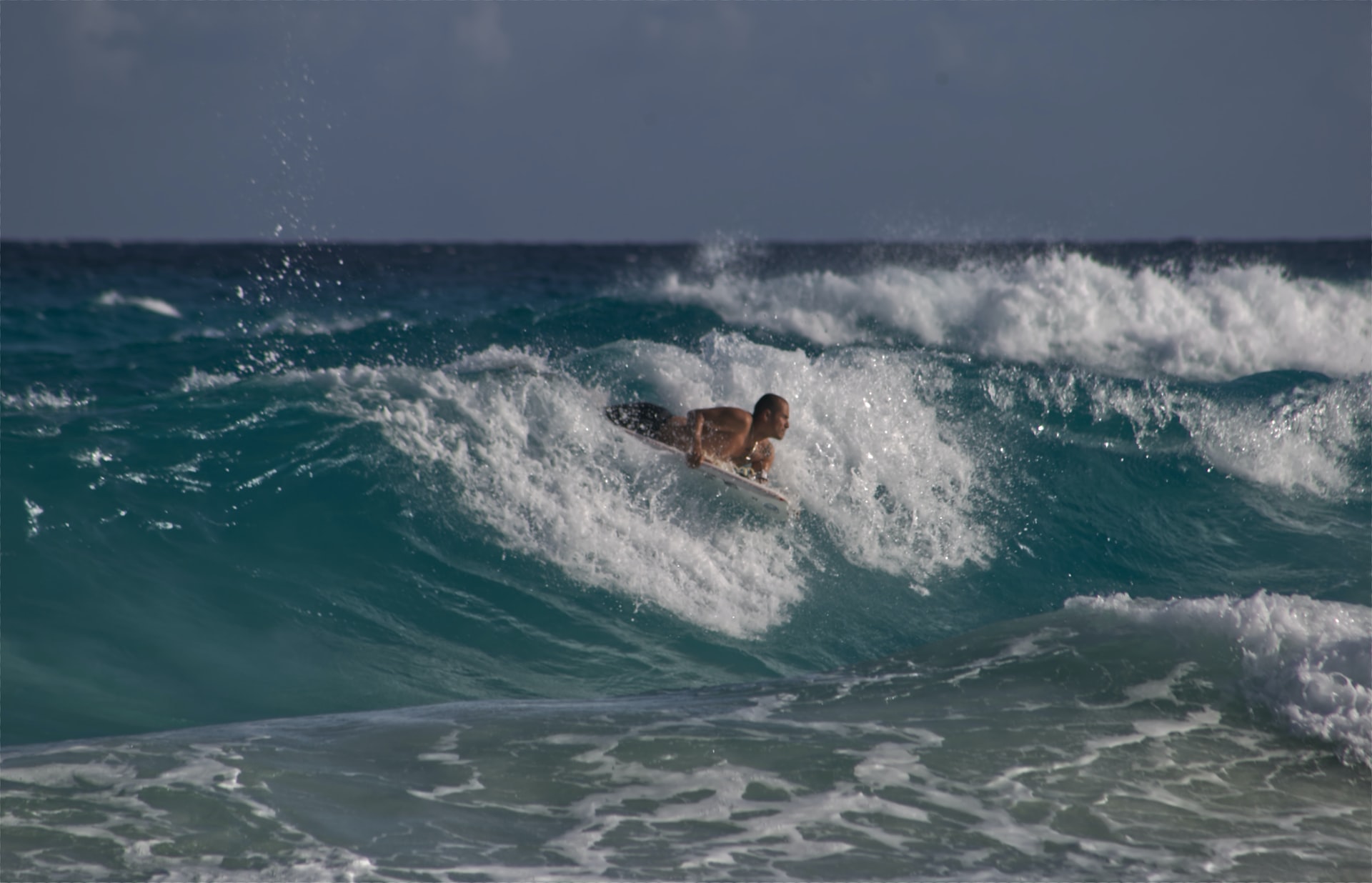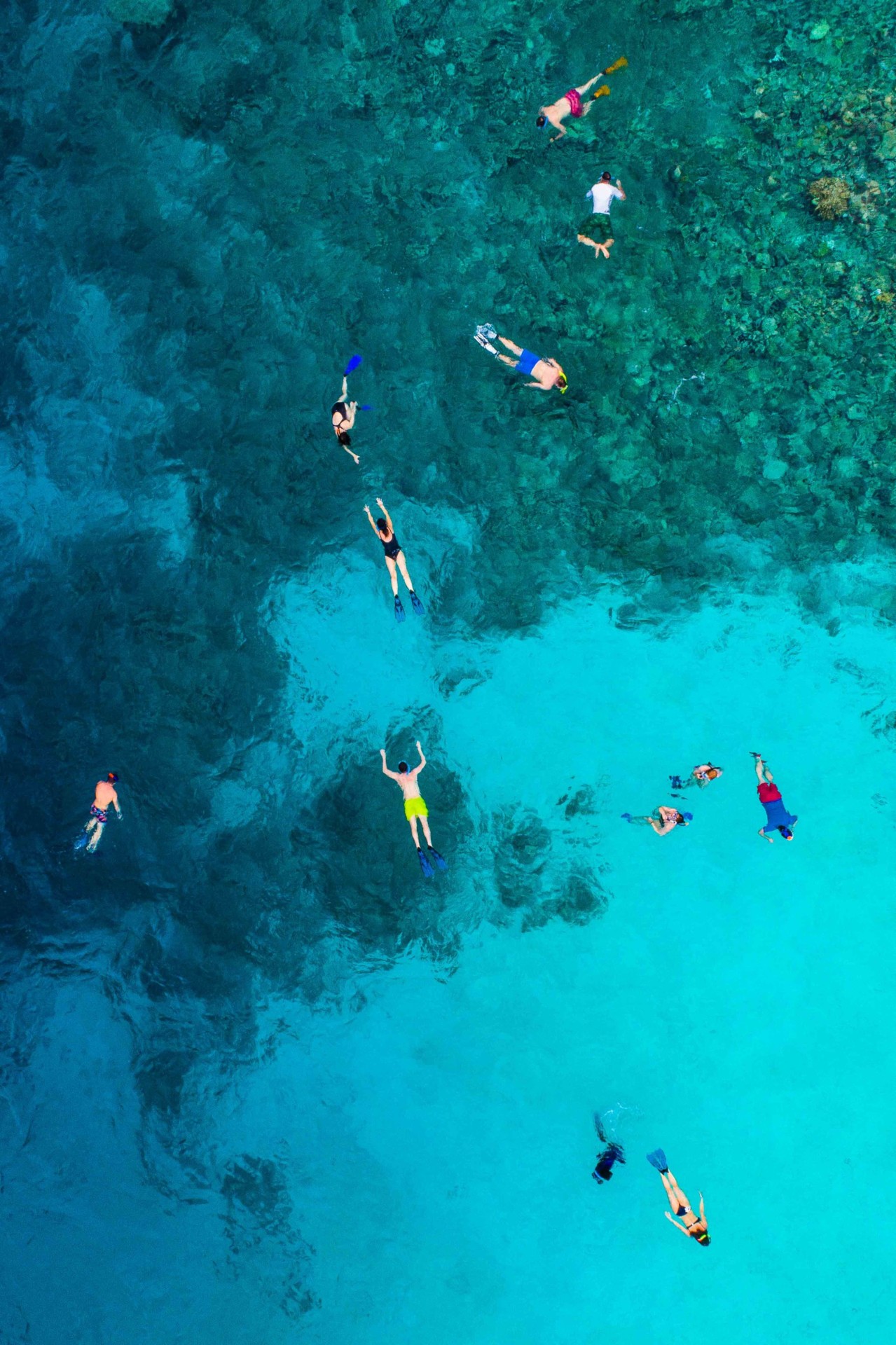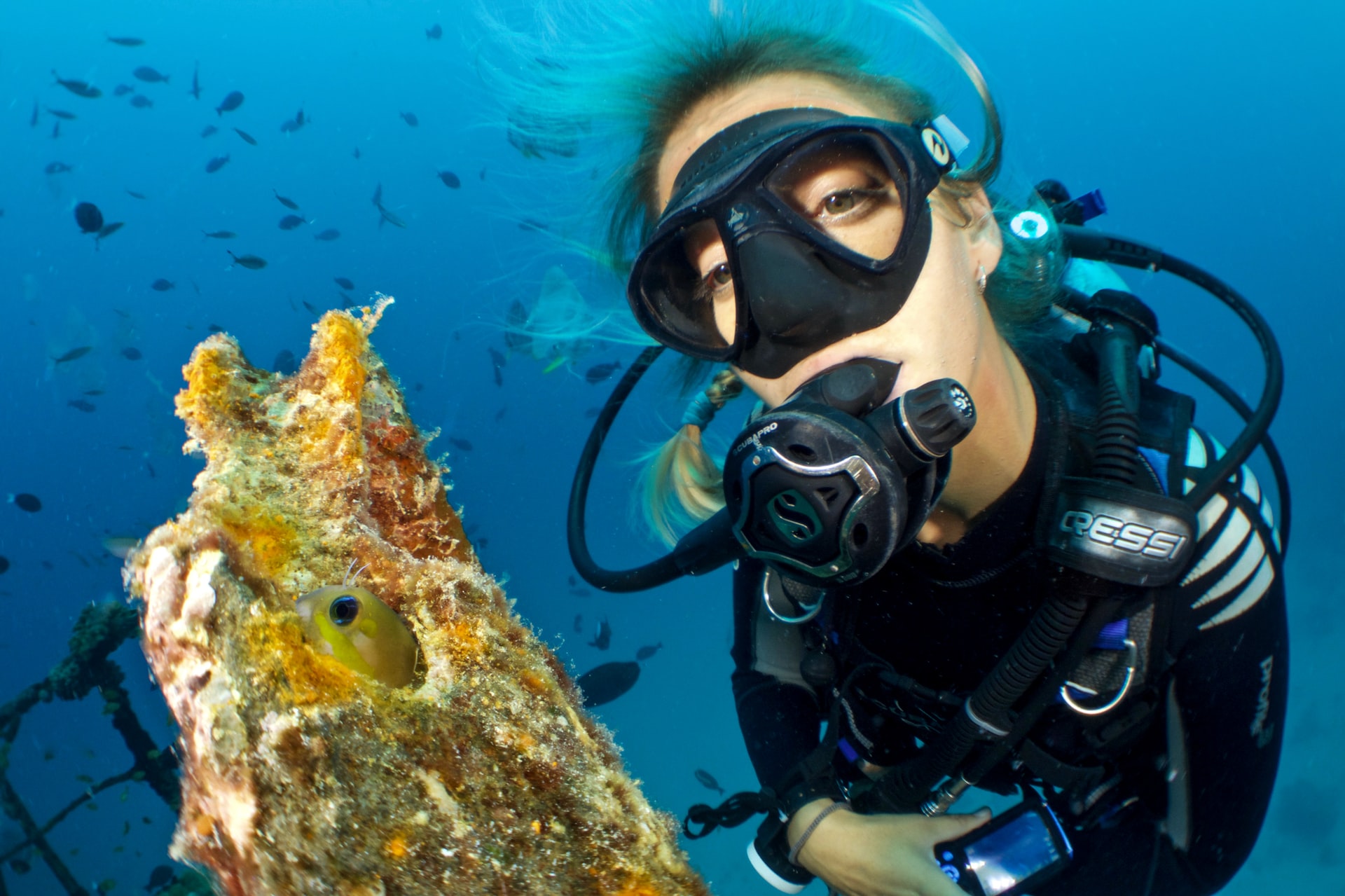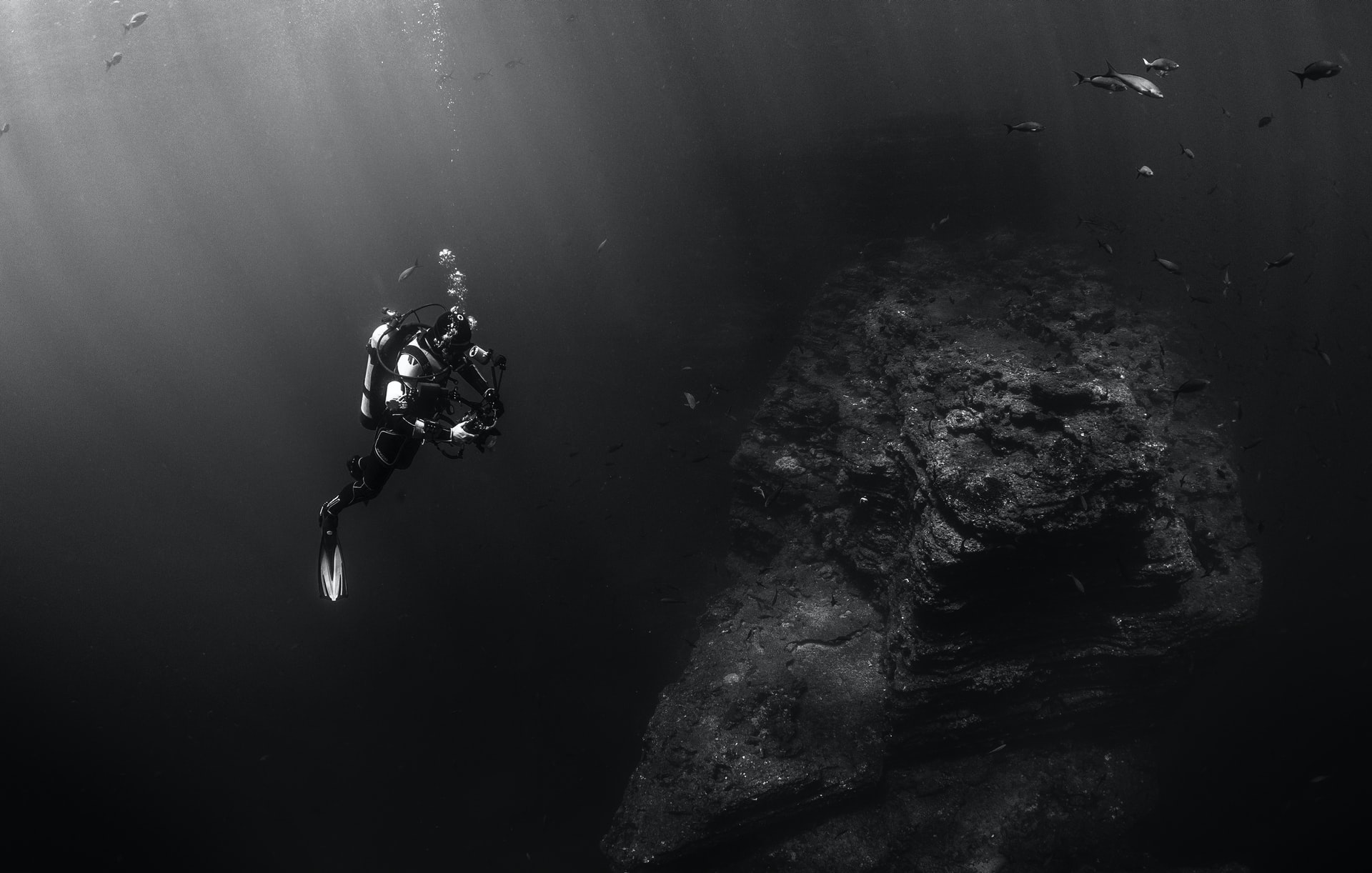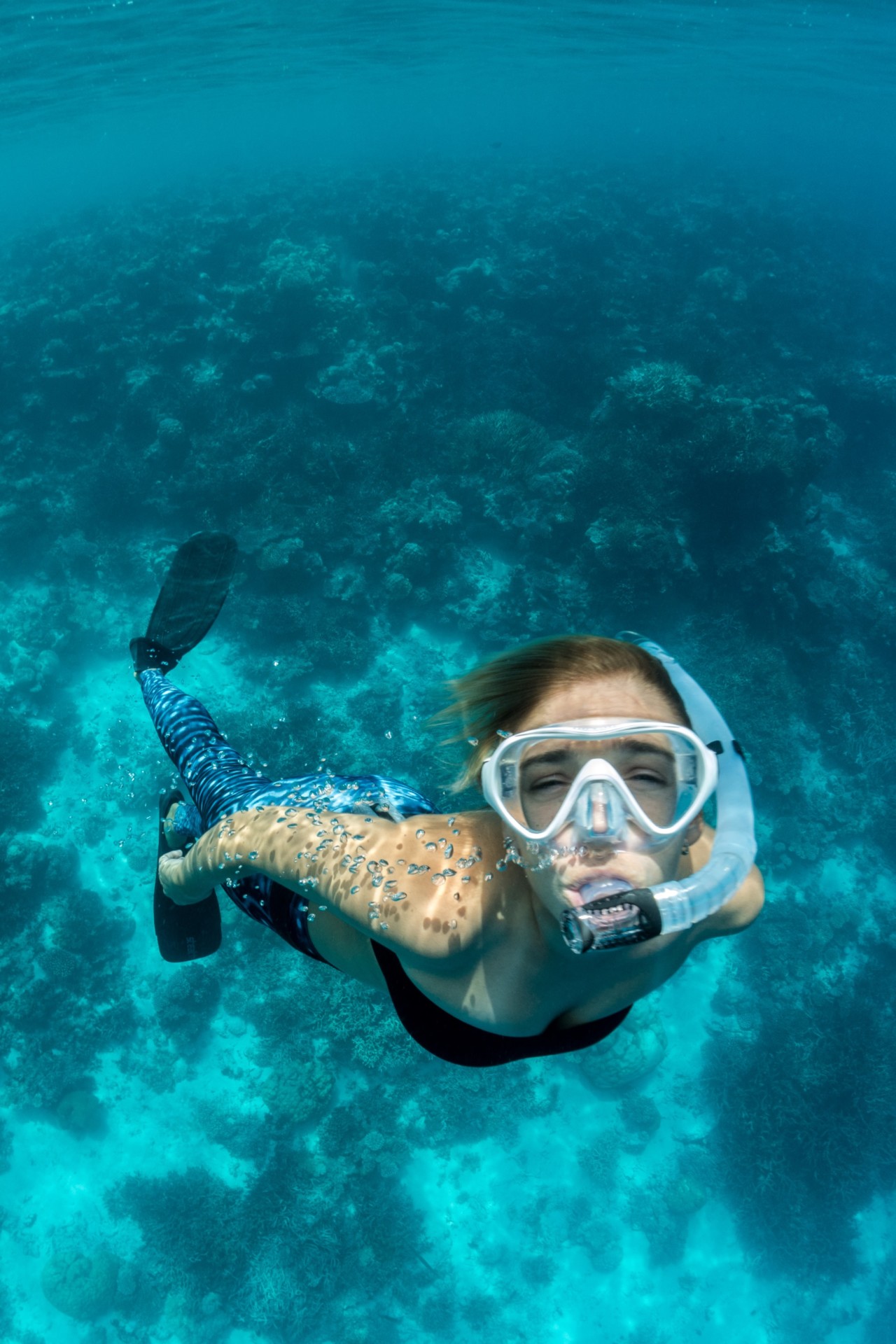Do you want to pick up surfing as your newest hobby but feel like it may be too difficult for you?
When beginners look at well-seasoned surfers, it sometimes seems like getting from the beach to carving on a perfect wave is an impossible task.
Of course, becoming the next Jordy Smith will take you years of practice and thousands of hours in the water, but learning to surf is relatively easy.
Many people, given the right conditions, can find themselves up and riding their first wave within the first 60 minutes of practicing.
- What Are the Best Conditions for Learning to Surf?
- Choose the Right Type of Surfboard
- What Is the Best Age to Start Surfing?
- The Fitter You Are, the Easier It Is to Learn to Surf
- Personal Balance Is Key
- Choose Your Waves Carefully
- Can I Teach Myself to Surf?
- How Long Does It Take to Learn Surfing?
- What Is the Hardest Part of Surfing?
- Checklist – 9 Quick Tips to Get Beginner Surfers Onto Their First Wave
- Conclusion
- You Might Also Like…
Disclosure: this post contains affiliate links (clearly marked with ), which means we may earn a commission if you buy something through them, at no additional cost to you.
What Are the Best Conditions for Learning to Surf?
When taking to the sea for your very first attempt at riding a wave, there are a few things that will make your learning curve significantly shorter.
These include the type of surfboard, your age, physical fitness, personal balance, type of waves, and whether you are self-taught or are taking lessons.
Choose the Right Type of Surfboard
The bigger the board, the easier you will find it to stand on.
When a floating object has a larger surface area, it is less likely to tip over and provides a larger area of support.
Learning to surf on a large board (Around 7 to 10 ft) can be the difference between learning to surf in an afternoon and struggling for session after session and not riding a single wave.
Another important factor when choosing a board to learn on is what the board is made from.
Traditionally, surfboards are made from wood or fiberglass, but when learning, the best choice you could make is to use a foam board.
Why foam?
Every surfer gets hit on the head by their board at some stage. Being a newbie, this is bound to happen a lot more.
By using a foam board, you will keep yourself a lot safer while learning the ins and outs of dealing with a large vessel in the swell.
Remember, when choosing what board to use, your height and weight will make every sort of a difference.
Never choose a board that is too short or thin, as you don’t want to find yourself sinking.
However, a surfboard that is much too big for you can be difficult to maneuver and cause just as much struggle.
What Is the Best Age to Start Surfing?
A common question many people have when interested in the sport is:
“Am I too old to learn to surf?”
The answer is always no. Learning to surf does not have an age limit.
To prove this point, we can take a look at the oldest known American surfer John H. “Doc” Ball, who was 94 when he passed away. John surfed until his last days, loving every moment of the sport.
Although John had been surfing for years, this shows how there is no age limit when it comes to a sport such as surfing.
Yes, younger people may find it easier to surf as they are more physically fit, flexible, and often have better balance.
Studies have shown that the best time to learn a new skill is between the ages of 4 and 12.
This information holds true when it comes to surfing. Children tend to be more determined, absorb information, and form muscle memory faster than older generations.
Of course being older comes with its own advantages. No one expects an 80+ year-old to be a professional surfer.
This gives you an edge as younger surfers will stay out of your way and give you the respect and encouragement for trying something new!
The Fitter You Are, the Easier It Is to Learn to Surf
There is no need to be able to partake in long high-intensity sports such as a triathlon to start surfing.
However, being in a reasonably good physical state will make your surfing lessons that much easier.
Paddling and popping up on the board can be hard on the arms and shoulders while moving around a large board can quickly drain your energy.
Being able to do between 40 and 60 minutes of low to mid-range exercise will allow you to spend adequate time in the water before needing a break.
The faster you can paddle the easier it will be to catch a wave.
When paddling too slowly, surfers often find that they fall off the back of the wave instead of being pushed forward.
As you are new to surfing, you will most likely find yourself falling multiple times and needing to paddle back out.
Don’t give up. Just keep on trying and you will get there eventually.
Personal Balance Is Key
Having a good center of gravity and a strong balance is key when it comes to learning to surf.
If you can’t stand on the board without tipping over, then you can’t surf.
Of course, this is easier said than done.
Finding that “sweet spot” on your board is essential when popping up.
Jumping up near the nose of your board will push it into the water and cause you to fly forward, while landing too near the back will slow you down and allow the wave to pass you by.
Before hitting the water, you will often see new surfers tracing their boards in the sand and practicing a “pop up” action.
This is a great way to make sure you are landing side on, in the center of your board.
Practicing balancing techniques such as yoga can also be an amazing aid to your surfing journey.
Not only will yoga help with your balance on unstable surfaces, but it will keep you fit and more flexible.
The more flexible you are, the easier you will find it to move around on the board, and the less likely you are to injure yourself.
Remember, the bigger the board, the bigger the sweet spot, and the easier it is to balance.
Choose Your Waves Carefully
The waves you learn on will make a massive difference in how difficult you find it to learn to surf.
Going out into surf that is too big is a recipe for disaster.
It can be dangerous, and you will quickly find yourself exhausted and unmotivated to keep trying.
When learning to surf, the best waves to learn on are the small foam waves near to the beach.
Although they do not look as glamorous as the barreling glossy giants in the back, smaller waves will allow you to get a proper feel for dealing with your board, as well as increase your chances of standing up.
Another thing to look out for when choosing the correct wave to surf on is if it is closing out or peeling.
If you see waves that are crumbling in one direction, such as from the left of the beach to the right, they are known as a peeling wave.
Closeouts are challenging to learn on as they tend to break in various spots along the wave face, making it difficult to maneuver as a beginner.
Can I Teach Myself to Surf?
Yes, you can teach yourself to surf, and many people do.
However, just like most things in life, when learning something new, being taught by someone who knows the subject will decrease your learning time.
How Does Having a Surf Coach Benefit You?
For starters, you won’t need to worry about finding the correct gear.
You can ask at a surf shop what board will best suit you, but being in the water with a surf coach will allow you to know when to change your board as your skill or water conditions change.
When new to the world of surfing, having loads of information in your head about the best position in the water, the correct way to paddle, and which wave to take can become too much to think about.
A surf teacher will take all of these questions out of your mind and allow you to concentrate on only one thing – standing on the board.
Having someone to readjust your positioning, tell you when to start paddling, which wave to take, and shout an encouraging “pop up now!” can save you hours of mistakes and self-discovery.
Another bonus of having someone in the water while you learn to surf is they can give you a helping push.
As mentioned above, speed is everything when paddling onto a wave.
Having a friend or surf teacher give you a boost will aid you in having enough speed to get that wave pushing you along smoothly down the beach.
How Long Does It Take to Learn Surfing?
Learning to surf does not have a fixed time frame.
Because there are so many factors involved such as the ones mentioned above, it is hard to determine how long it will take for each person to ride their first wave.
However, with the correct conditions and a good surf coach, most people will be able to stand and surf their first wave within the first hour of lessons.
Of course it will take you hours of practice to be able to carve the waves like those seasoned surfers in the backline, but once you can stand up, you are well on your way.
Something to remember about learning to surf is that, unlike many things, the learning curve is more of a straight line.
What does this mean?
Many sports are difficult when starting off, and progressively become easier as you improve.
Surfing is the opposite, the learning gradient will remain mostly the same as there are always new challenges and techniques to be discovered.
What Is the Hardest Part of Surfing?
The hardest part of surfing will vary from person to person, although there are three main points that every new, and seasoned surfer will struggle with.
1. Paddling
Arm and shoulder endurance is one of the toughest parts of surfing as it never gets much easier. The more dynamic you are in the water, the better your chances of catching a wave.
The irony here is that the fitter your arms become, the harder you paddle and therefore drain their power just as quickly.
2. Reading the Ocean
If you don’t know when a set is coming, where the waves will be peaking, and do not understand how the swell is moving around the bay, then it will be near impossible to have a good surf session.
Being able to “understand” the ocean and its movements is something that takes years of practice, but with strong paddling arms and the knowledge of where the next wave will break, you will always be the first to the set.
3. Staying motivated
Self motivation is tough when it comes to most things in life and surfing is no different.
Especially for new surfers, constantly falling over can become frustrating and you may want to give up.
It is important to keep trying. Whether it is your first time surfing and you just want to stand up, or if you are a seasoned surfer and trying to land a new trick, remember that your next try could be the successful one.
If you do not manage to achieve your goal on the first day, then try again tomorrow.
The most successful people in the world all know what it is like to fail, they just never gave up. So neither should you.
Checklist – 9 Quick Tips to Get Beginner Surfers Onto Their First Wave
1. Choose the correct surfboard before getting into the water – The bigger the board, the easier it is to stand. Softer foam boards will also help protect your head as you learn.
2. Make sure you are fit, healthy, and a good swimmer – The longer you are in the water the more time you have to practice. Remember, practice makes perfect.
3. Choose the water conditions carefully – Don’t try to learn on huge waves. Instead, choose small foam waves or peeling waves that break in a single direction.
4. Choose less crowded beaches – Surfing around a lot of people can be dangerous as well as intimidating. Learning to surf in a quiet spot will give you a greater choice of wave and a smaller chance of injury.
5. Paddle fast – The faster the speed you hit a wave, the easier it will be to catch it. When in doubt, always put in that last extra powerful paddle.
6. Practice your pop up – Before entering the water, practice your pop up on the beach. It may seem boring, but muscle memory will serve you well.
7. Hire a professional – A surf coach will help you avoid those initial bad habits and get you up and riding your first wave in no time.
8. Bend your knees – When standing on the board, bend your knees and not your back. Bending your knees will keep your center of gravity in the middle of the surfboard.
9. Just have fun – Remember, surfing should be fun! The hardest part of learning to surf is keeping yourself motivated.
You might not stand up straight away, but don’t get frustrated. Have some fun, play in the water and try again.
Conclusion
Surfing is a relatively easy sport to learn, but just like with most things, there is a learning curve.
With a little bit of practice and in adequate conditions, you should be standing on your first wave in no time.
Remember, no matter your age, shape, or size, there is a surfboard out there for you. Some people may stand up on the first wave they try, and others may take a few hundred before their first ride.
Never give up, and keep yourself motivated! There truly is nothing like catching your first wave!
You Might Also Like…
-
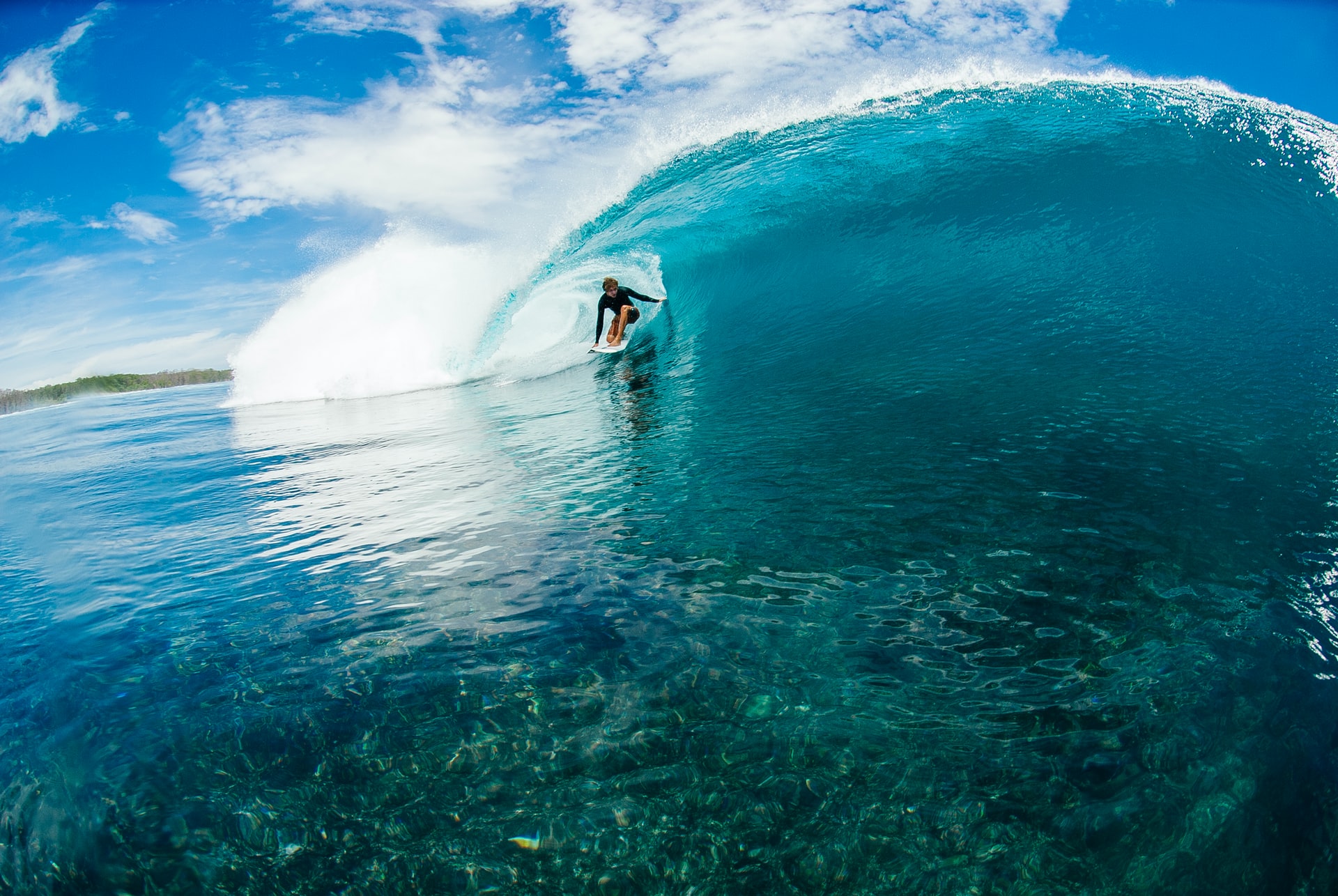
Do Surfers Ride Switchfoot? 5 Benefits (& Why You Should Learn It)
-
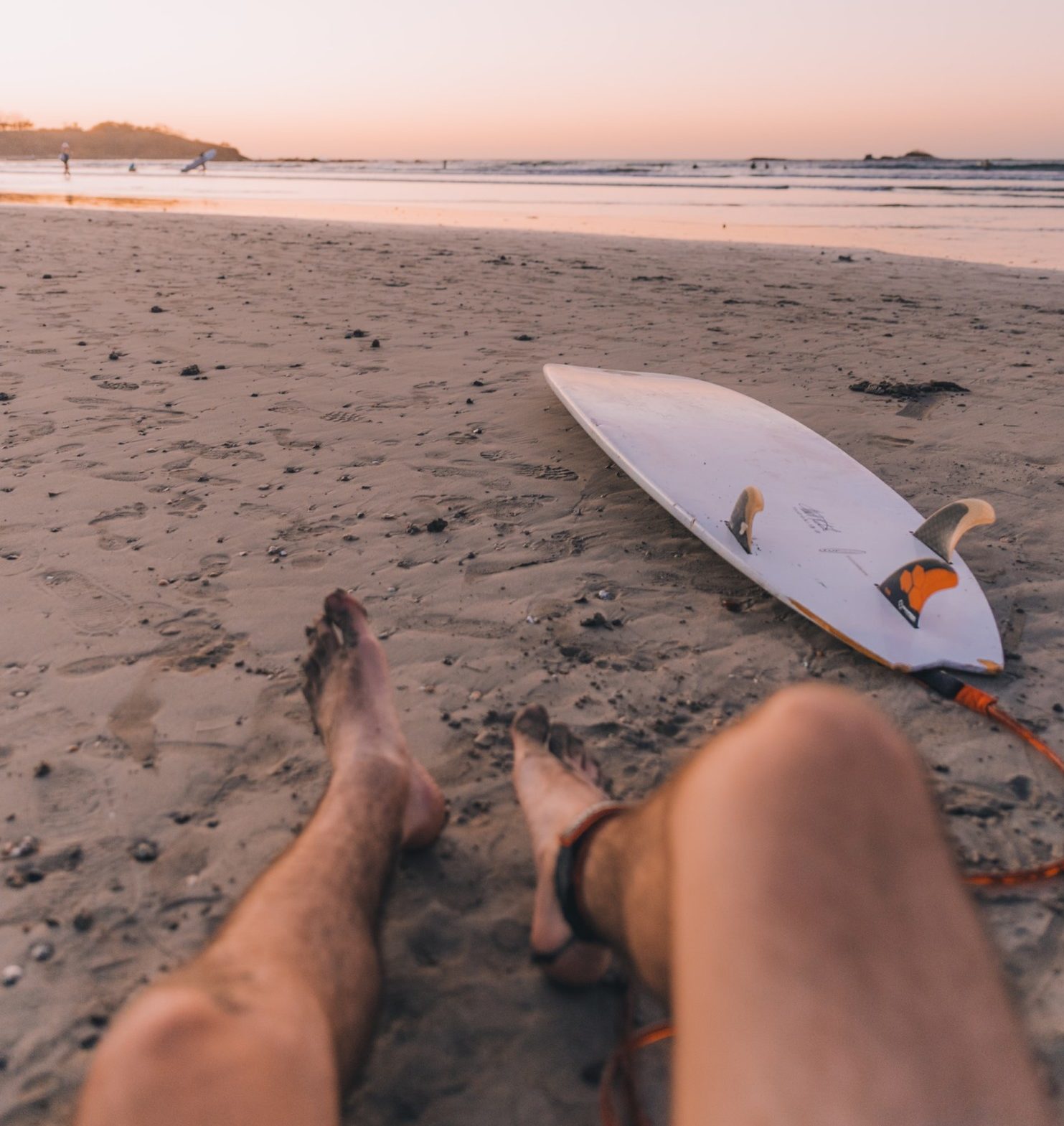
Do Surfers Shave Their Legs? 5 Common Reasons (+Pros & Cons)
-
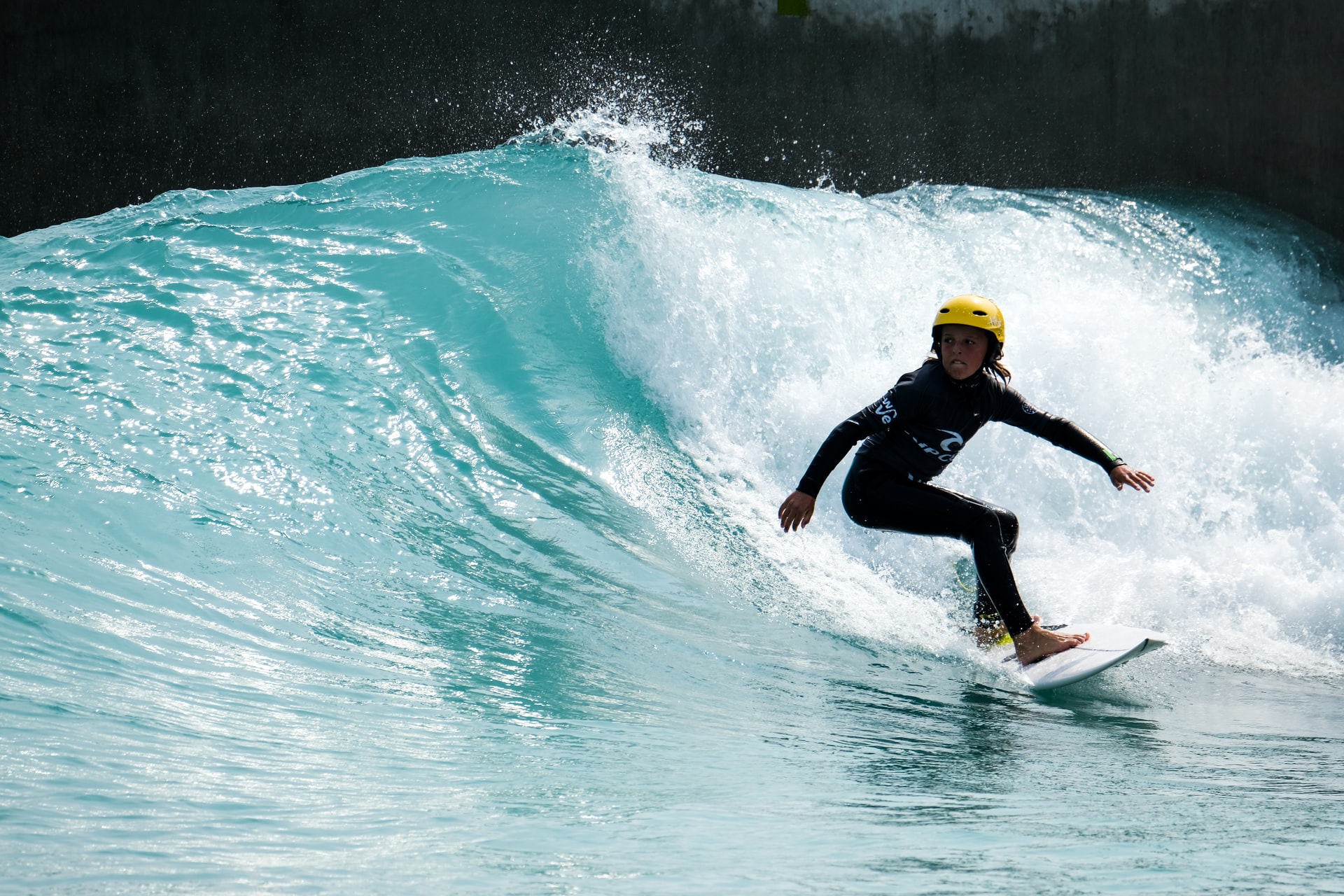
Do Surfers Wear Helmets? 8 Situations You Should Wear One (+4 Cons)
-
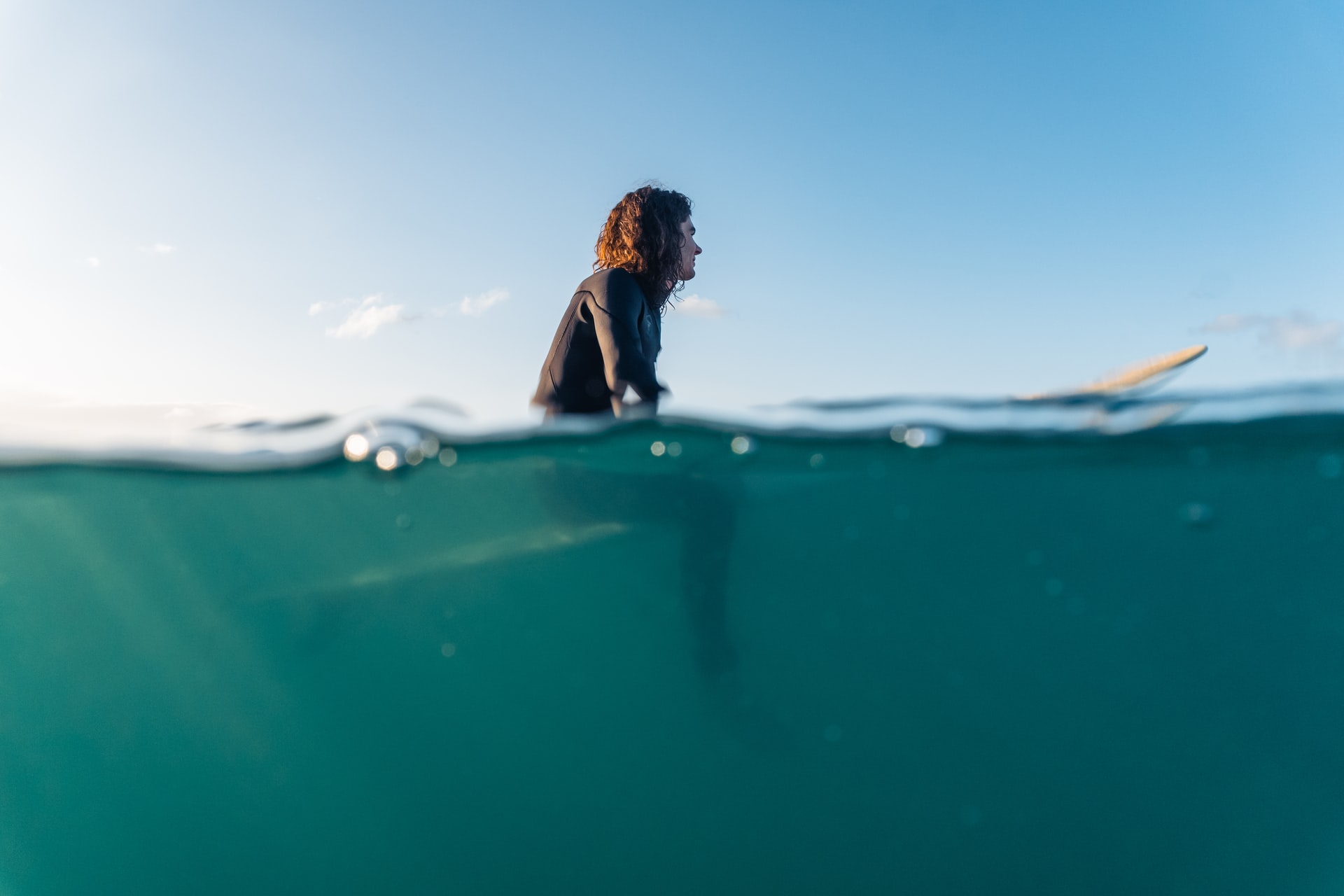
Do Surfers Poop in the Ocean? Myths & Facts (+5 Tips)
-
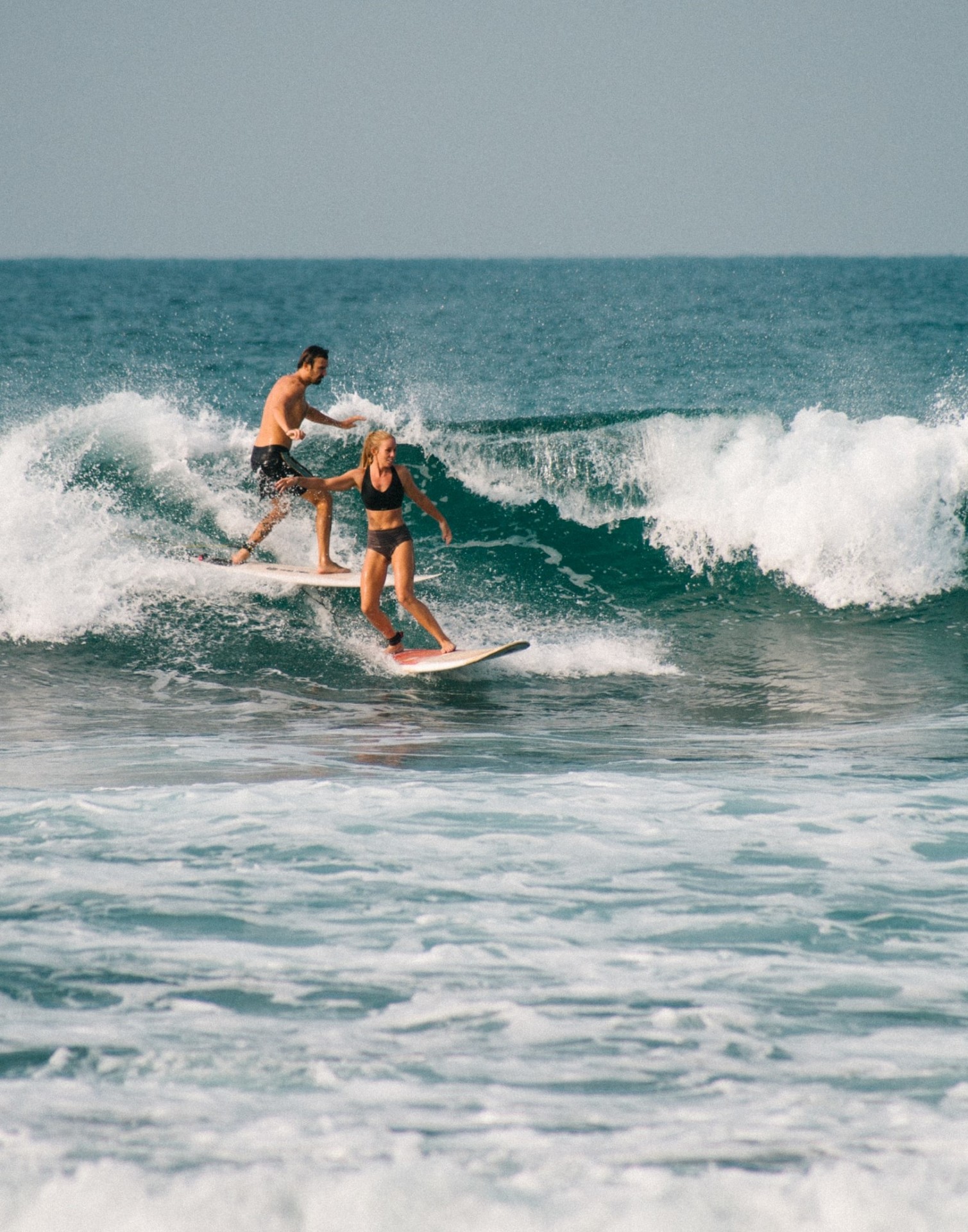
Do Surfers Run Into Each Other? 5 Common Reasons (+8 Tips)
-
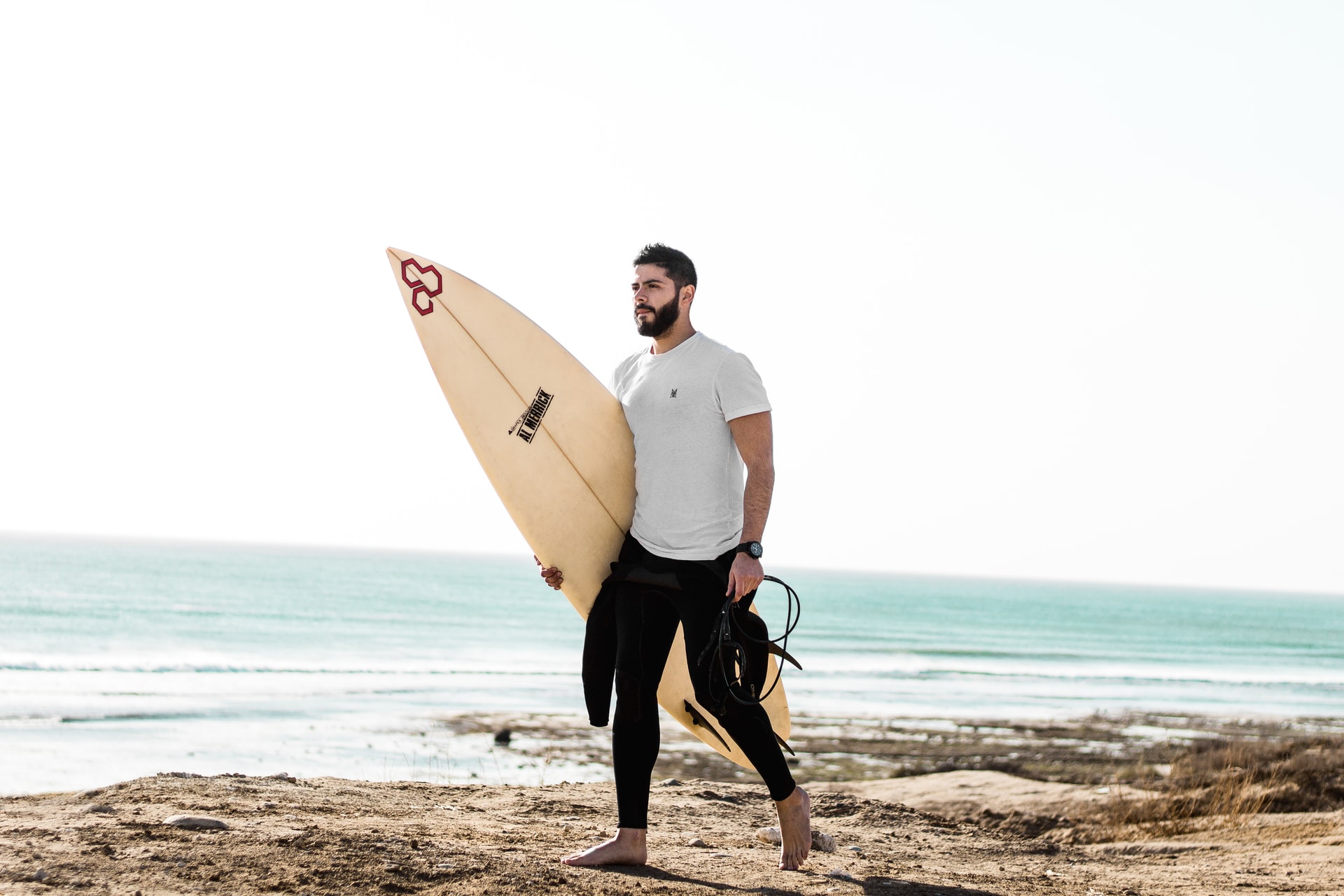
Do Surfers Have Beards? Pros & Cons You Should Know (+4 Tips)
-
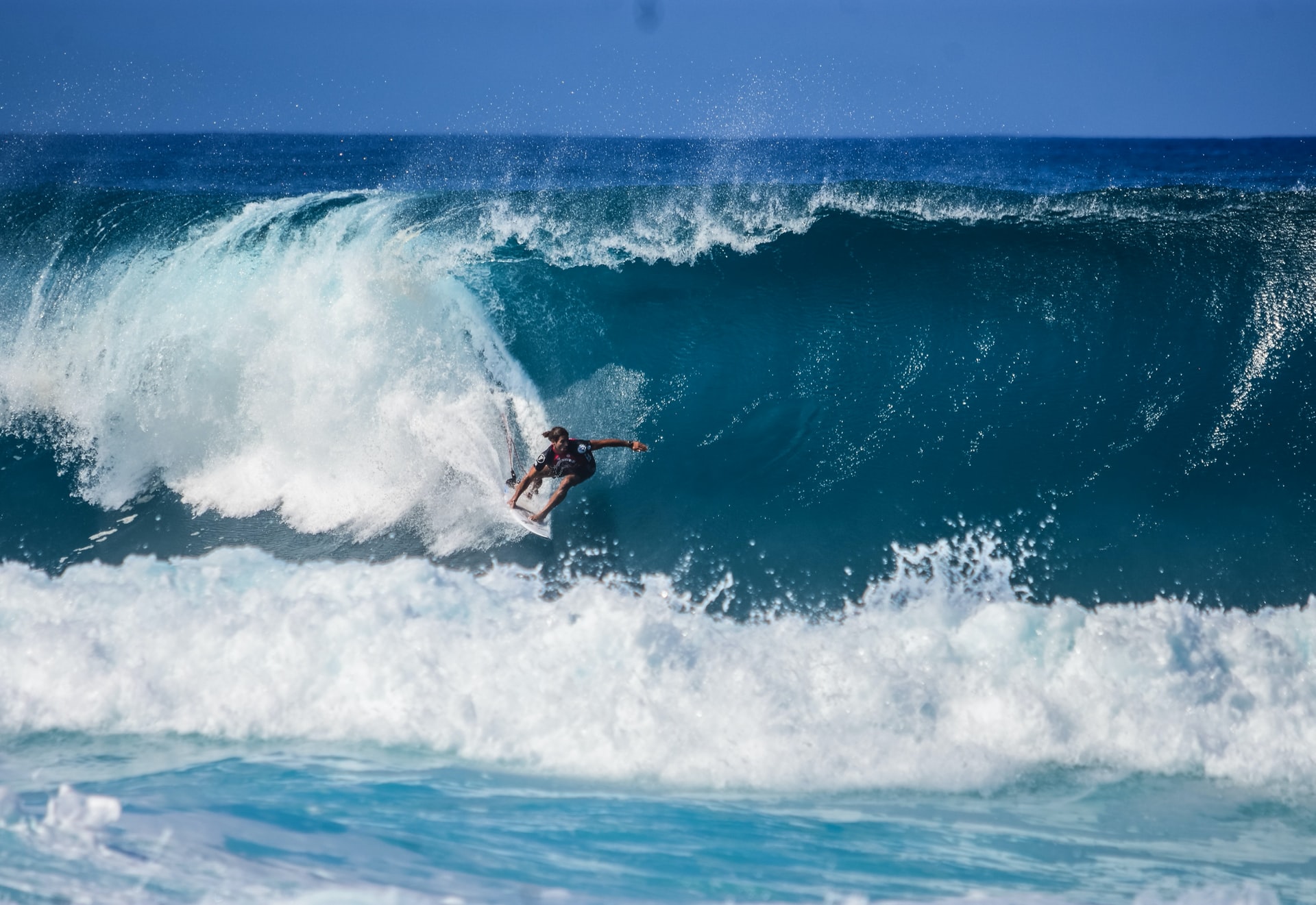
Do Surfers Like Constructive or Destructive Waves? (+Pros & Cons)
-
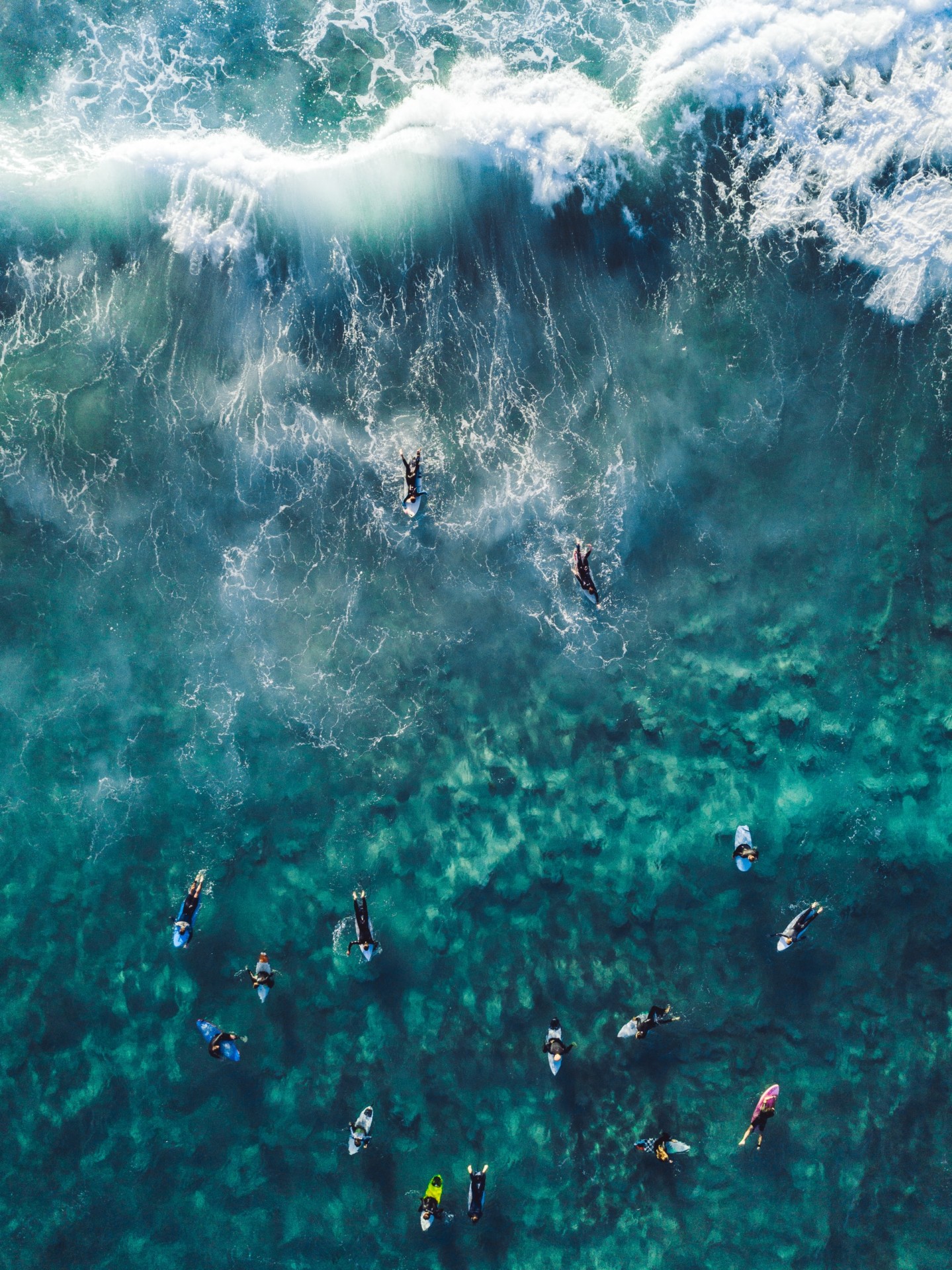
How to Surf Safely: 34 Crucial Tips (Every Surfer Should Know)
-

Do Pro Surfers Use Leashes? (+6 Reasons Why You Should Too)
-
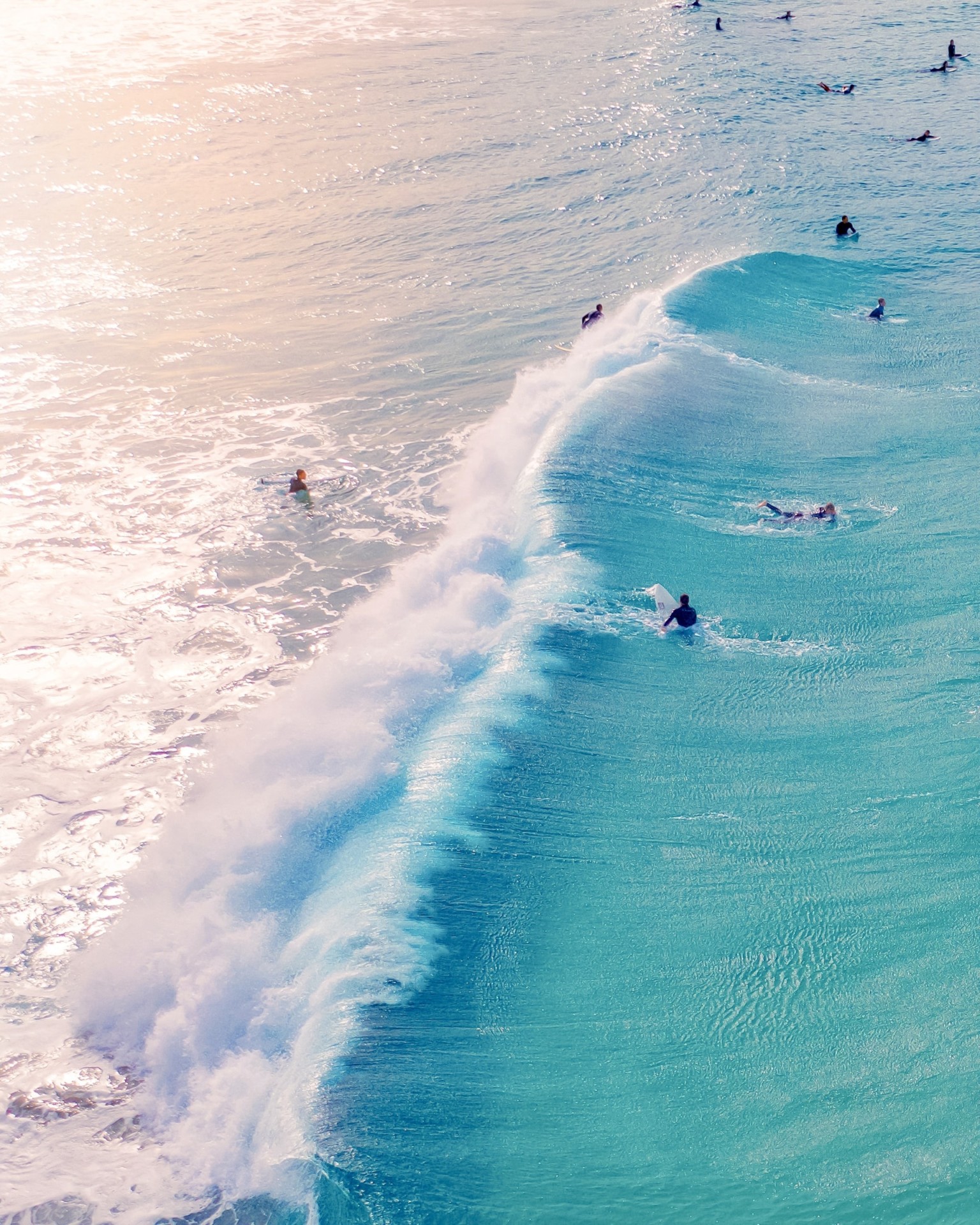
Do Many Surfers Drown? Here Are the Facts (+4 Common Reasons)
-
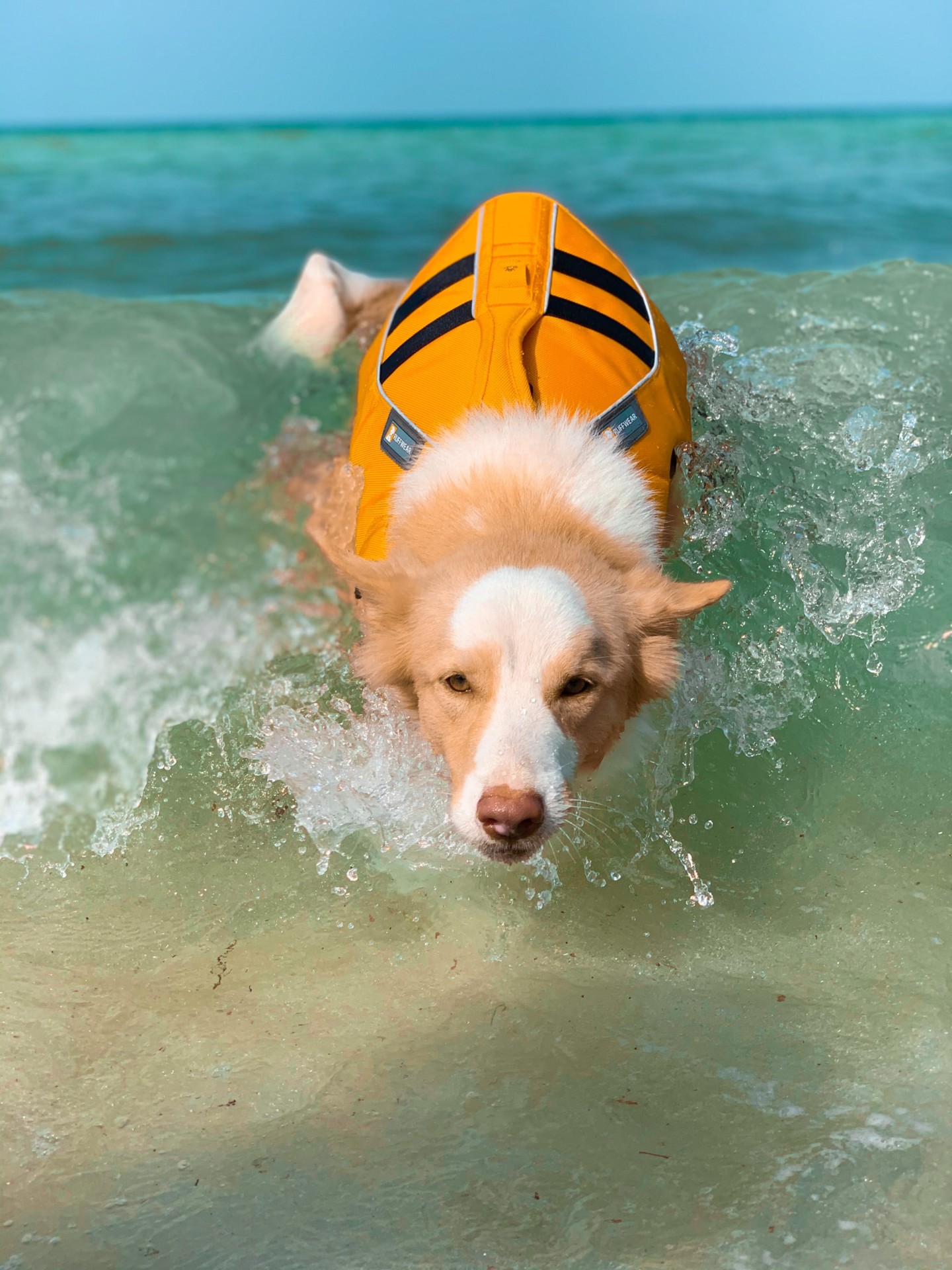
Do Surfers Wear Life Jackets? (7 Reasons Why They Don’t)
-
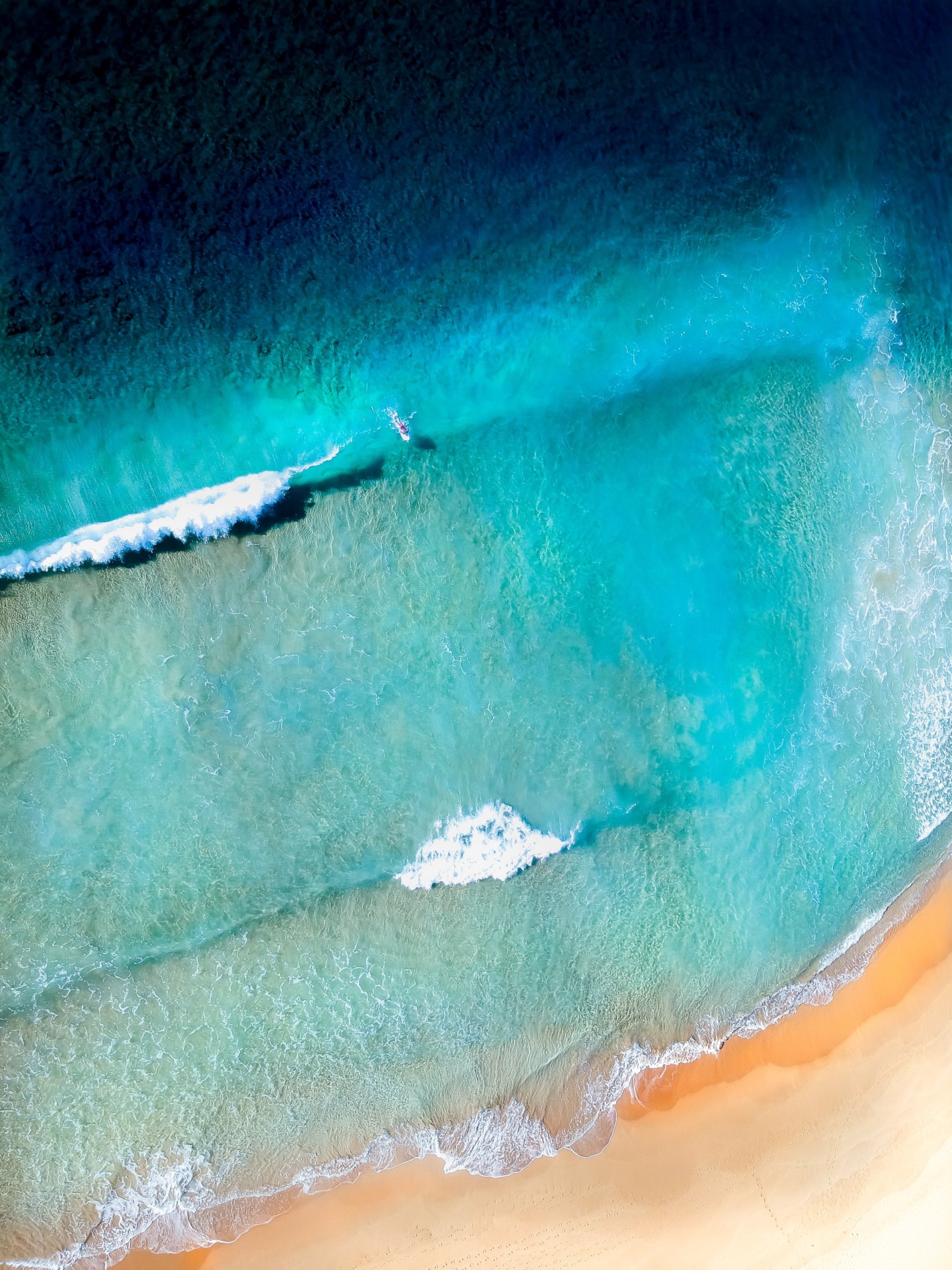
Do Surfers Like Rip Currents? (& How to Use Them Safely)

